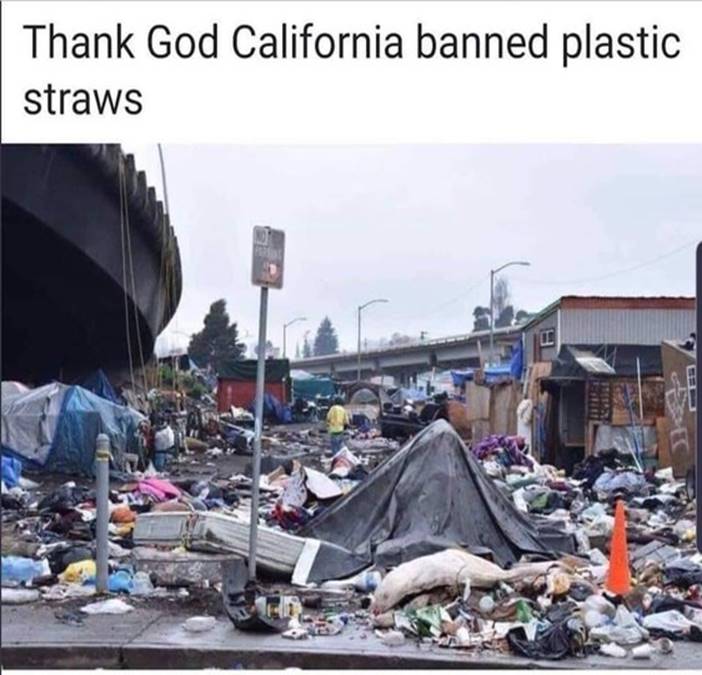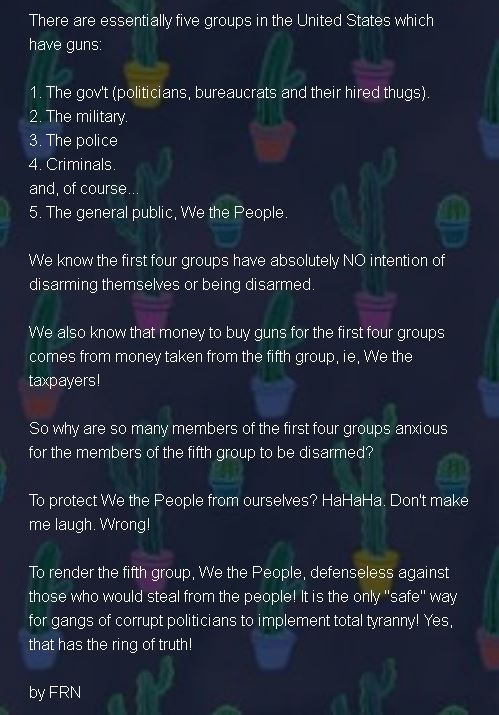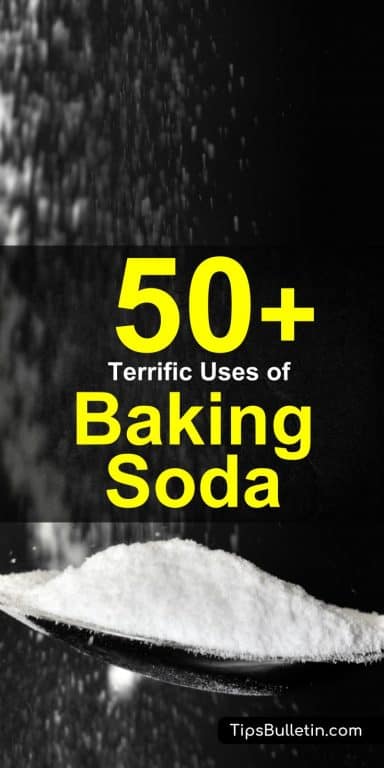
As the controversy over 5G networks and cell phone radiation continues, it turns out that manufacturers aren’t playing fair. In a groundbreaking expose by the Chicago Tribune, popular phones by Apple, Samsung, and Motorola were found to produce radiation that exceeds federal limits. The new data has forced the FCC to investigate – and could be a major blow to the industry.









